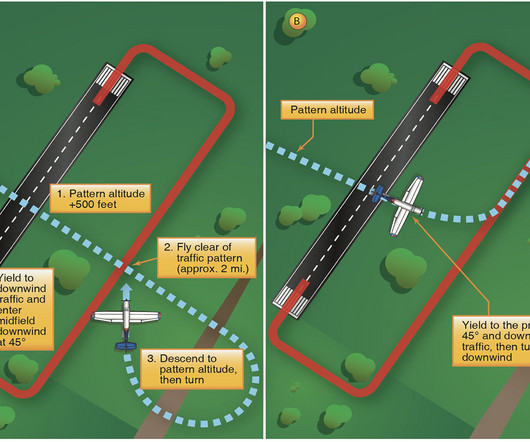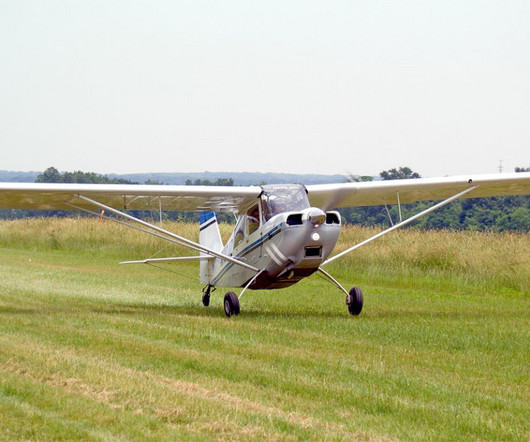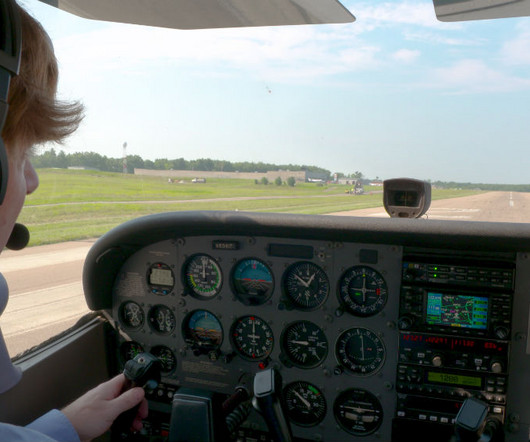What’s wrong with the teardrop pattern entry
Air Facts
SEPTEMBER 25, 2024
This is not an instrument procedure, but rather a way to enter the traffic pattern when approaching from the opposite side of the runway. ” What about the old fashioned midfield crosswind, which many of us grew up flying? The AFH is not the final word on traffic patterns.

















Let's personalize your content